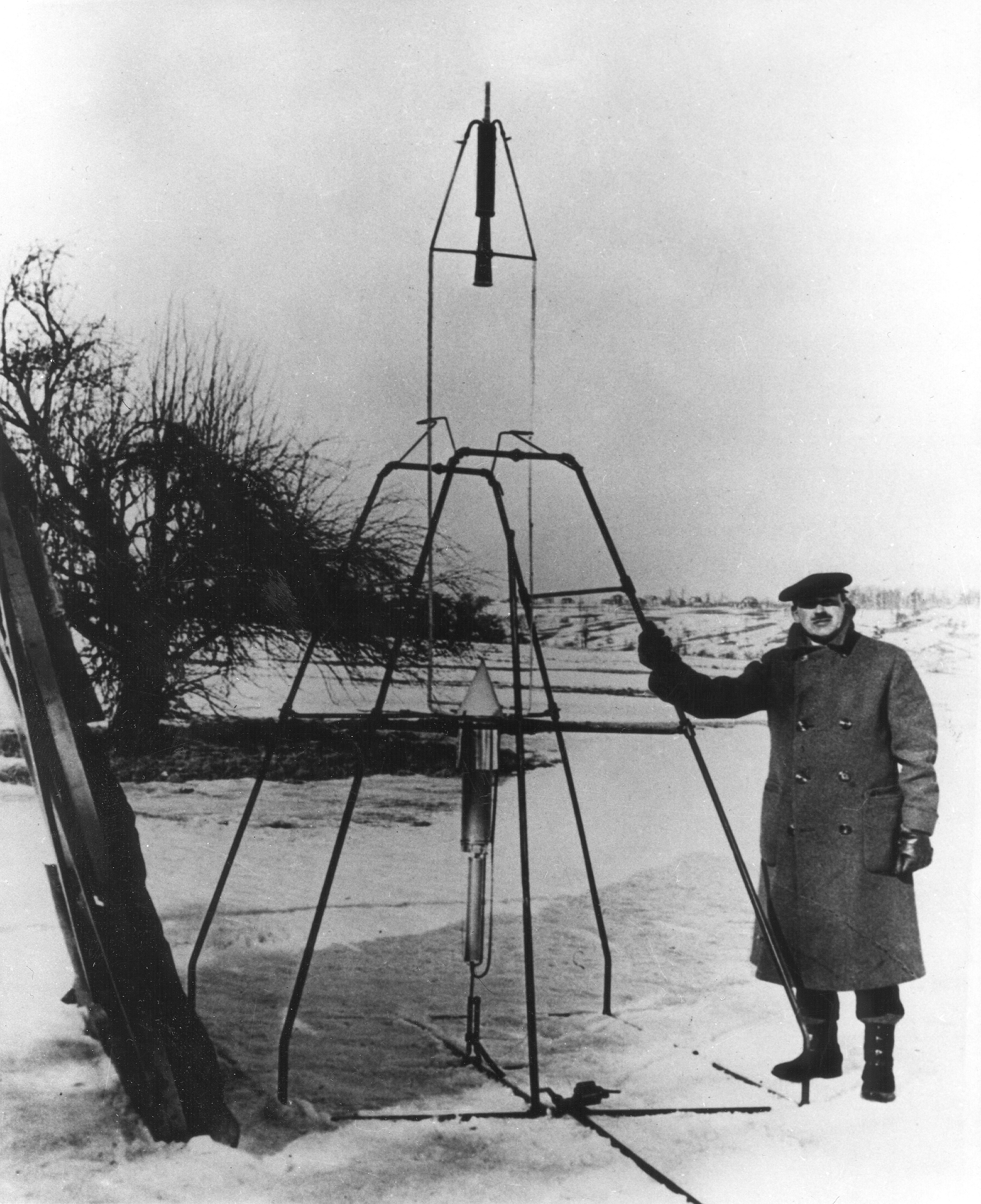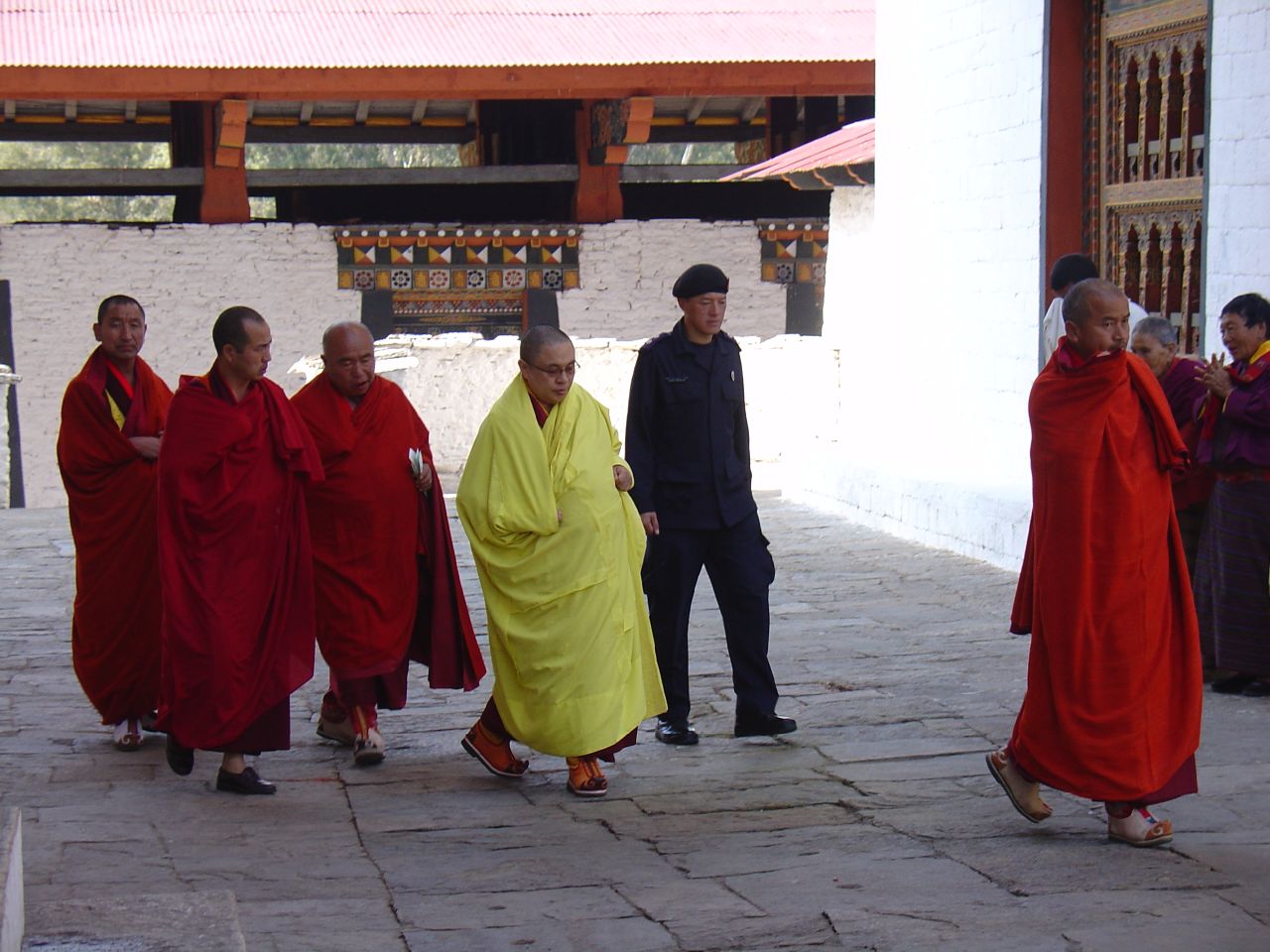|
TertûÑn Sogyal
TertûÑn Sogyal Lerab Lingpa (, 1856-1926) was a Tibetan Buddhist tertûÑn and a teacher of the Thirteenth Dalai Lama. Biography As a child, TertûÑn Sogyal was taught by Nyala Pema Duddul, Patrul Rinpoche, and Khenpo Pema Vajra at Dzogchen Monastery. In the later years of his life, he stayed near Dodrupchen Monastery, often exchanging teachings with Dodrupchen Jikmûˋ Tenpûˋ Nyima. He died on the tenth day of the second lunar month of the year of the Fire Tiger (1926) . which is March 23, 1926 in the Gregorian calendar. Disciples His disciples included the Thirteenth Dalai Lama Thubten Gyatso, JamgûÑn Kongtrul, the Fifth Dzogchen Rinpoche ( Thubten ChûÑkyi Dorje), Dzogchen Khenpo Pema Vajra, Jamgon Ju Mipham Gyatso, Nyoshul Lungtok, Dzahka Choktrul Rinpoche, TertûÑn Drimûˋ, Kathok Situ, Minyak Khenpo Kunzang Sonam, Dodrupchen Jikmûˋ Tenpûˋ Nyima, Demo Rinpoche, Dorje Drak Rigdzin Nyamnyi Dorje (1886-1932/5), Minling Trichen Rinpoche, Sakya Trichen, the Fifteenth Karmap ... [...More Info...] [...Related Items...] OR: [Wikipedia] [Google] [Baidu] |
Khenpo Jigme Phuntsok
Kyabje Khenchen Jigme Phuntsok, ( Tibetan: , Wylie transliteration: 'jigs med phun tshogs 'byung gnas) (1933 ã 7 January 2004), was a Nyingma lama and Terton from Sertha Region. His family were Tibetan nomads. At the age of five he was recognized "as a reincarnation of Lerab Lingpa (las rab gling pa, 1856-1926). Known also as Nyala Sogyel (nyag bla bsod rgyal) and Terton Sogyel (gter ston bsod rgyal), Lerab Lingpa was an eclectic and highly influential tantric visionary from the eastern Tibetan area of Nyarong (nyag rong)." He studied Dzogchen at Nubzor Monastery, received novice ordination at 14, and full ordination at 22 (or 1955). In 1980, he founded Larung Gar, the largest Tibetan Buddhist monastic academy. Jigme Phuntsok was the most influential lama of the Nyingma school of Tibetan Buddhism in contemporary Tibet (according to Khenpo Samdup who was his disciple). A Tibetan Buddhist meditation master and renowned teacher of Great Perfection (Dzogchen), he established ... [...More Info...] [...Related Items...] OR: [Wikipedia] [Google] [Baidu] |
19th-century Lamas
The 19th century began on 1 January 1801 (represented by the Roman numerals MDCCCI), and ended on 31 December 1900 (MCM). It was the 9th century of the 2nd millennium. It was characterized by vast social upheaval. Slavery was Abolitionism, abolished in much of Europe and the Americas. The First Industrial Revolution, though it began in the late 18th century, expanded beyond its British homeland for the first time during the 19th century, particularly remaking the economies and societies of the Low Countries, France, the Rhineland, Northern Italy, and the Northeastern United States. A few decades later, the Second Industrial Revolution led to ever more massive urbanization and much higher levels of productivity, profit, and prosperity, a pattern that continued into the 20th century. The Catholic Church, in response to the growing influence and power of modernism, secularism and materialism, formed the First Vatican Council in the late 19th century to deal with such problems an ... [...More Info...] [...Related Items...] OR: [Wikipedia] [Google] [Baidu] |
19th-century Tibetan People
The 19th century began on 1 January 1801 (represented by the Roman numerals MDCCCI), and ended on 31 December 1900 (MCM). It was the 9th century of the 2nd millennium. It was characterized by vast social upheaval. Slavery was abolished in much of Europe and the Americas. The First Industrial Revolution, though it began in the late 18th century, expanded beyond its British homeland for the first time during the 19th century, particularly remaking the economies and societies of the Low Countries, France, the Rhineland, Northern Italy, and the Northeastern United States. A few decades later, the Second Industrial Revolution led to ever more massive urbanization and much higher levels of productivity, profit, and prosperity, a pattern that continued into the 20th century. The Catholic Church, in response to the growing influence and power of modernism, secularism and materialism, formed the First Vatican Council in the late 19th century to deal with such problems and confirm ce ... [...More Info...] [...Related Items...] OR: [Wikipedia] [Google] [Baidu] |
Tibetan Buddhists From Tibet
Tibetan may mean: * of, from, or related to Tibet * Tibetan people, an ethnic group * Tibetan language: ** Classical Tibetan, the classical language used also as a contemporary written standard ** Standard Tibetan, the most widely used spoken dialect ** Tibetan pinyin, a method of writing Standard Tibetan in Latin script ** Tibetan script ** any other of the Tibetic languages Tibetan may additionally refer to: Culture * Old Tibetan, an era of Tibetan history * Tibetan art * Music of Tibet * Tibetan rug * Tibetan culture * Tibetan cuisine Religion * Tibetan Buddhism * Tibetan Muslims Other uses * Tibetan alphabet * Tibetan (Unicode block) * Tibetan name * Tibetan calendar * Tibetan Spaniel, a breed of dog * Tibetan Mastiff, a breed of dog See also * Tibet (other) * Tibetan Bells (other) * Traditional Tibetan medicine Traditional Tibetan medicine or Sowa Rigpa is the Tibetan medical system developed in the 8th century under King Trisong Detsen that in ... [...More Info...] [...Related Items...] OR: [Wikipedia] [Google] [Baidu] |
Nyingma Lamas
Nyingma (, ), also referred to as ''Ngangyur'' (, ), is the oldest of the four major schools of Tibetan Buddhism. The Nyingma school was founded by PadmasambhavaClaude Arpi, ''A Glimpse of the History of Tibet'', Dharamsala: Tibet Museum, 2013. as the first translations of Buddhist scriptures from Pali and Sanskrit into Tibetan occurred in the eighth century. The establishment of Tibetan Buddhism and the Nyingma tradition is collectively ascribed to Khenpo Shantarakshita, Guru Padmasambhava, and King Trisong Detsen, known as ''Khen Lop Chos Sum'' (The Three: Khenpo, Lopon, Chosgyal). The Nyingma tradition traces its Dzogchen lineage from the first Buddha Samantabhadra to Garab Dorje, and its other lineages from Indian mahasiddhas such as Sri Singha and Jnanasutra. Yeshe Tsogyal recorded the teachings. Other great masters from the founding period include Vimalamitra, Vairotsana, and Buddhaguhya. The Nyingma tradition was physically founded at Samye, the first monastery in ... [...More Info...] [...Related Items...] OR: [Wikipedia] [Google] [Baidu] |
1926 Deaths
In Turkey, the year technically contained only 352 days. As Friday, December 18, 1926 ''(Julian Calendar)'' was followed by Saturday, January 1, 1927 '' (Gregorian Calendar)''. 13 days were dropped to make the switch. Turkey thus became the last country to officially adopt the Gregorian Calendar, which ended the 344-year calendrical switch around the world that took place in October, 1582 by virtue of the Papal Bull made by Pope Gregory XIII. Events January * January 3 – Theodoros Pangalos declares himself dictator in Greece. * January 8 **Ibn Saud is crowned ruler of the Kingdom of Hejaz. ** Crown Prince Nguyã n Phû¤c Váˋnh Thuy ascends the throne as BäÈo áäÀi, the last monarch of the Nguyã n dynasty of the Kingdom of Vietnam. * January 16 – A British Broadcasting Company radio play by Ronald Knox about workers' revolution in London causes a panic among those who have not heard the preliminary announcement that it is a satire on broadcasting. * January 21 ... [...More Info...] [...Related Items...] OR: [Wikipedia] [Google] [Baidu] |
1856 Births
Events JanuaryãMarch * January 8 – Borax deposits are discovered in large quantities by John Veatch in California. * January 23 – The American sidewheel steamer SS ''Pacific'' leaves Liverpool (England) for a transatlantic voyage on which she will be lost with all 186 on board. * January 24 – U.S. President Franklin Pierce declares the new Free-State Topeka government in " Bleeding Kansas" to be in rebellion. * January 26 – First Battle of Seattle: Marines from the suppress an indigenous uprising, in response to Governor Stevens' declaration of a "war of extermination" on Native communities. * January 29 ** The 223-mile North Carolina Railroad is completed from Goldsboro through Raleigh and Salisbury to Charlotte. ** Queen Victoria institutes the Victoria Cross as a British military decoration. * February ** The Tintic War breaks out in Utah. ** The National Dress Reform Association is founded in the United States to promote "r ... [...More Info...] [...Related Items...] OR: [Wikipedia] [Google] [Baidu] |
Simhamukha
In Tibetan Buddhism, Siÿhamukhá (Tib. Senge Dongma) or Siÿhavaktra, also known as the Lion Face Dakini or Lion-headed Dakini, is a wisdom dakini of the Dzogchen tradition. She is represented as a Fierce deities, fierce dakini with the head of a snow lion. Her mouth is depicted with a roar, symbolizing untamed fury and jubilant laughter. Her roar disperses discursive thoughts. She is naked, symbolizing that she herself is completely free of discursive thought. She is considered to be an emanation or manifestation of Guhyajnana Dakini (the principal Dakini teacher of Padmasambhava in Uddiyana), or of Mandarava (one of his consorts), or of Sangwa Yeshe. She represents the accomplished female practitioner. As a meditation deity, her main function is averting magical attacks. Description According to the curators of the Himalayan Art Resources, the wisdom Dakini Simhamukha is visualized Retinue According to John Reynolds, Simhamukha Lineages There are at least two major li ... [...More Info...] [...Related Items...] OR: [Wikipedia] [Google] [Baidu] |
Je Khenpo
The Je Khenpo (; "The Chief Abbot of the Central Monastic Body of Bhutan"), formerly called the ''Dharma Raja'' by orientalists, is the title given to the senior religious hierarch of Bhutan. His primary duty is to lead the Dratshang Lhentshog (Commission for the Monastic Affairs) of Bhutan, which oversees the Central Monastic Body, and to arbitrate on matters of doctrine, assisted by ''Five Lopen Rinpoches '' (learned masters). The Je Khenpo is also responsible for many important liturgical and religious duties nationwide. The sitting Je Khenpo is also formally the leader of the southern branch of the Drukpa Kagyu sect, which is part of the Kagyu tradition of Tibetan Buddhism. Aside from the King of Bhutan, only the Je Khenpo may don a saffron kabney. History According to the dual system of government established by Ngawang Namgyal in the 17th century, the powers of the government of Bhutan were ideally split between the religious branch, headed by the Je Khenpo, and ... [...More Info...] [...Related Items...] OR: [Wikipedia] [Google] [Baidu] |







